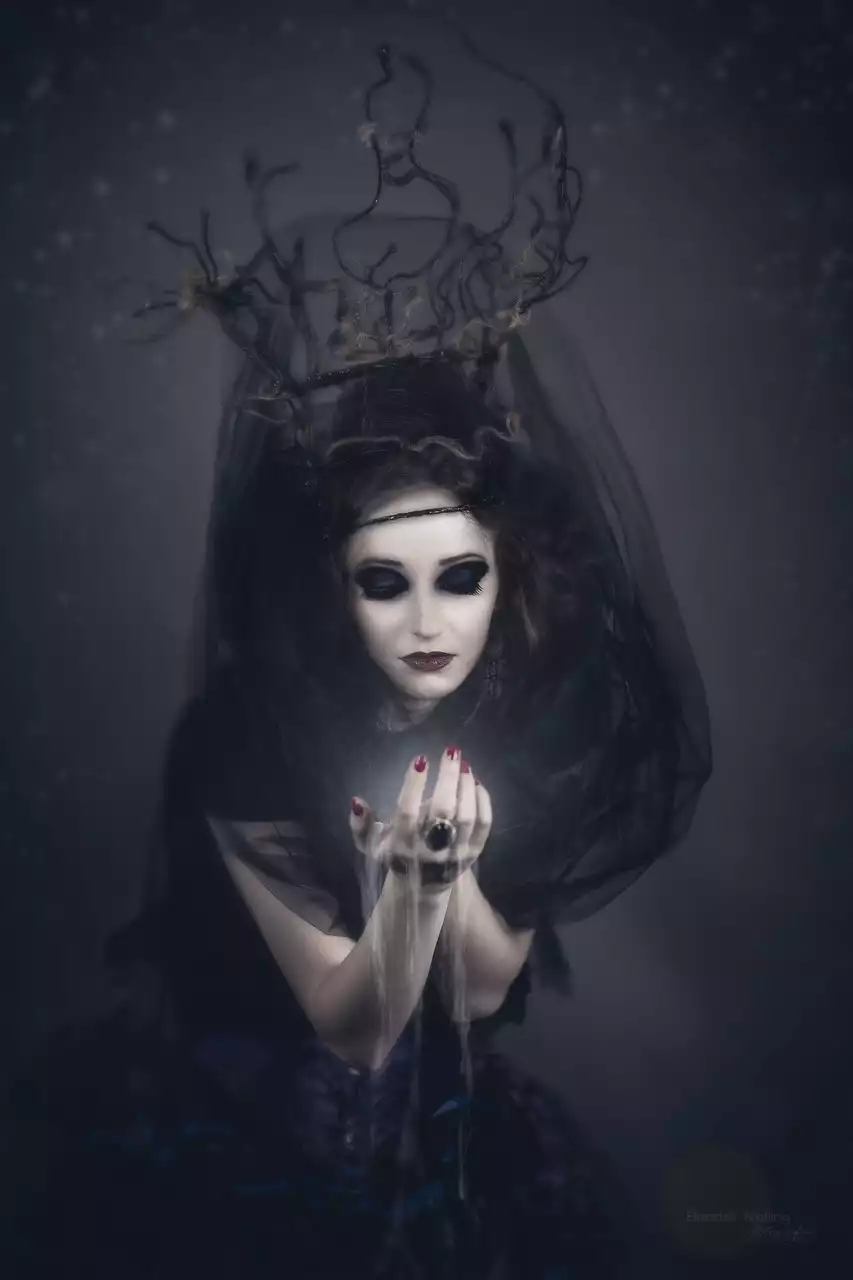The ancient Celtic festival of Samhain
The festival of Samhain was a time to honor the dead and to celebrate the end of the harvest season. The Celts believed that during this time, the souls of the dead would return to visit their loved ones. To welcome these spirits, the Celts would leave offerings of food and drink outside of their homes. They also believed that the spirits could provide insight into the future, and so they would often hold divination rituals during the festival.
The Celts would also wear costumes during the festival, often made from animal hides. The idea was to disguise themselves from any malevolent spirits that may have crossed over into the world of the living.
Over time, the festival of Samhain evolved and was influenced by other cultures and traditions.
The influence of Christianity on Halloween
In the 8th century, the Christian Church declared November 1st as All Saints Day, a time to honor all the saints and martyrs of the church. This day was also known as All Hallows' Day. The night before, October 31st, became known as All Hallows' Eve, which eventually became Halloween.
The Christian influence on Halloween brought about new traditions and customs. For example, the practice of carving pumpkins into Jack-o'-lanterns was originally done with turnips. However, when Halloween became popular in America, pumpkins were more readily available and became the go-to vegetable for carving.
The Christian influence on Halloween also brought about the idea of dressing up as saints, angels, and other holy figures. This was done as a way to honor the saints and to ward off evil spirits.
Halloween in America
Halloween did not become a popular holiday in America until the 19th century when Irish immigrants brought their traditions with them. The first Halloween celebrations in America were centered around ghost stories, pranks, and mischief-making.
Trick-or-treating also became popular in America during the 20th century. Children would dress up in costumes and go from door to door asking for candy. The phrase "trick or treat" originated from the idea that if a homeowner didn't give the children candy, they would play a prank on them.
Throughout the years, Halloween in America has become an increasingly commercialized holiday, with decorations, costumes, and candy sales generating billions of dollars in revenue each year.
Halloween traditions and symbols
Halloween is a holiday filled with traditions and symbols that have been passed down through generations. Some of the most popular Halloween traditions include pumpkin carving, trick-or-treating, and costume parties.
Pumpkin carving has become synonymous with Halloween. The tradition originated from the Irish legend of Stingy Jack, who tricked the devil and was doomed to wander the earth with only a carved-out turnip to light his way. Today, people carve pumpkins into Jack-o'-lanterns and display them outside their homes.
Trick-or-treating is another popular Halloween tradition. Children dress up in costumes and go from door to door asking for candy. The tradition originated from the ancient Celtic festival of Samhain, where people would leave offerings outside their homes for visiting spirits.
Costume parties are also a popular way to celebrate Halloween. People dress up in costumes and attend parties with friends and family.
How Halloween is celebrated around the world
Halloween is not just celebrated in America, but all around the world. In Mexico, the holiday is known as Dia de los Muertos, or Day of the Dead. This holiday is a time to honor and remember loved ones who have passed away. The celebration includes parades, colorful costumes, and altar displays with offerings of food and drink for the dead.
In Ireland, where Halloween originated, the holiday is still celebrated with traditional activities such as bonfires, costume parties, and games.
In China, the festival of Teng Chieh is celebrated around the same time as Halloween. During this festival, people light lanterns and visit the graves of their ancestors to pay their respects.
Halloween in popular culture
Halloween has become a popular theme in movies, TV shows, and books. Some of the most popular Halloween-themed movies include "Hocus Pocus", "The Nightmare Before Christmas", and "Halloween".
TV shows such as "The Simpsons" and "South Park" have also featured Halloween-themed episodes. In literature, the works of Edgar Allan Poe and H.P. Lovecraft are often associated with Halloween.
The commercialization of Halloween
As with many holidays, Halloween has become increasingly commercialized in recent years. The holiday generates billions of dollars in revenue each year from decorations, costumes, and candy sales.
Critics argue that the commercialization of Halloween has taken away from the true spirit of the holiday, which is to honor the dead and celebrate the changing of the seasons. However, many people still enjoy the festive decorations and costumes that come with the holiday.
Halloween safety tips
As with any holiday, it's important to stay safe while celebrating Halloween. Here are some tips to ensure a safe and enjoyable holiday:
1. Wear reflective clothing or carry a flashlight when trick-or-treating at night.
2. Make sure costumes are flame-resistant and do not obstruct vision.
3. Only visit homes with porch lights on and do not enter homes of strangers.
4. Inspect all candy before consuming to ensure it is safe.









